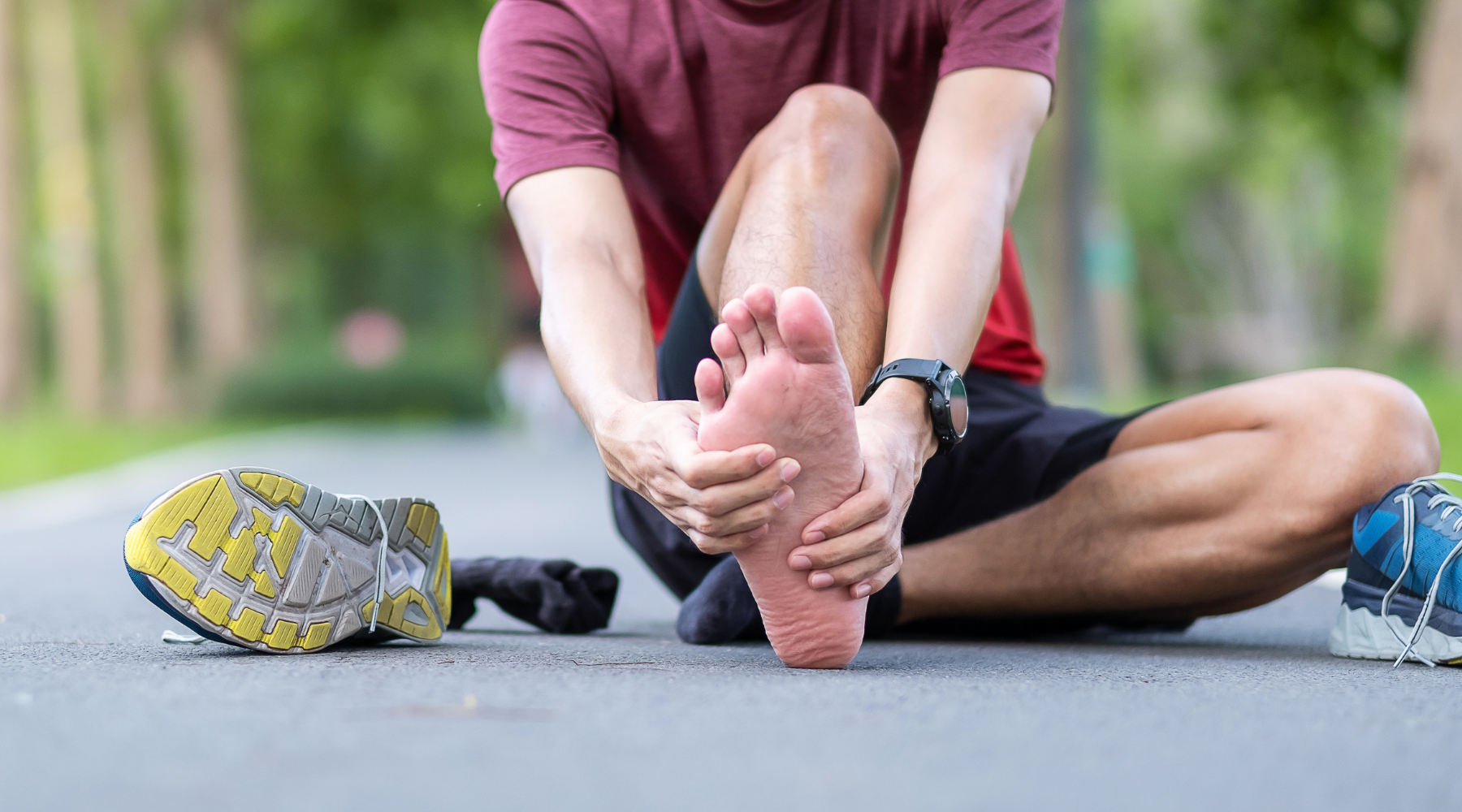Each week, OMRF Vice President of Research Dr. Rod McEver opens “Adam’s Journal” to answer a medical question from Adam Cohen, OMRF’s senior vice president & general counsel.
Adam’s Journal
Well, it happened again.
Seemingly every year about this time, I develop a nasty blister on my big toe. The obvious causes are the regular friction and pressure caused by running, and the almost-as-obvious other cause is the excess sweat that builds up in my shoes as temperatures rise.
This year’s version has persisted for a matter of weeks now. It’s uncomfortable and tender, but it seems unwilling either to burst or go away.
So, I find myself in a conundrum I’ve faced many times before: Should I lance the blister or leave it alone?
Dr. McEver Prescribes
In a situation where you are continuing to engage in the activity (here, running) that caused the problem, many health care providers who specialize in treating blisters recommend lancing. If you decide to go this route, you’ll want to do so carefully.
First, make sure the skin is clean and sterilize the needle you use for lancing with flame or alcohol. Once you’ve pierced the blister twice with the needle and gently pushed the fluid out, you should treat the site with an antiseptic.
An antibiotic like Neosporin will work, but you may do better with Betadine. Not only will this inexpensive iodine-based solution help ensure the site won’t get infected, but it’s also been shown to expedite healing where, like this, the wound site is wet and raw.
In the ensuing days, keep the area clean and continue applying antiseptic. Although you may be tempted, do not remove the top layer of skin from the popped blister, as this will cause more pain and increase the chances of infection. You may also want to protect the area by applying a product like 2nd Skin (which will stay on better than bandages).
Once you’ve healed, your best bet at preventing blisters going forward is to keep your feet dry and reduce friction. That means no cotton socks and even changing socks mid-activity if it’s really soupy out. You might also consider using a product like Body Glide or pre-exercise taping to prevent hot spots.
–
Do you have a health query for Dr. McEver? Email contact@omrf.org and your question may be answered in a future column!



